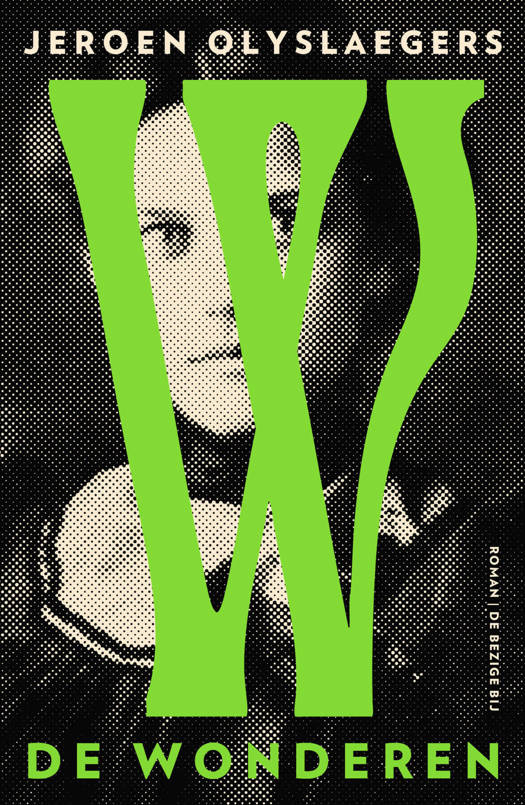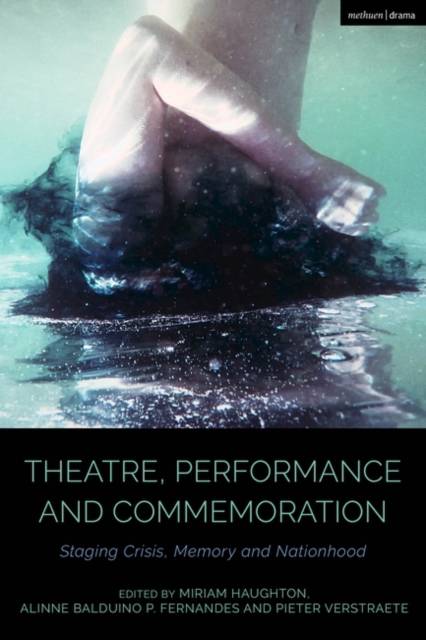
- Afhalen na 1 uur in een winkel met voorraad
- Gratis thuislevering in België vanaf € 30
- Ruim aanbod met 7 miljoen producten
- Afhalen na 1 uur in een winkel met voorraad
- Gratis thuislevering in België vanaf € 30
- Ruim aanbod met 7 miljoen producten
Zoeken
Theatre, Performance and Commemoration
Staging Crisis, Memory and Nationhood
€ 195,45
+ 390 punten
Omschrijving
How does the act of performance speak to the concept of commemoration? How and why does commemorative theatre operate as a conceptual, historical and political site from which to interrogate ideas of nationalism and nationhood? This volume explores how theatre and performance create a stage for acts of commemoration, considering crises of hate, nationalism and migration, as well as political, racial and religious bigotry. It features case studies drawn from across Europe, the Middle East, Asia, Africa and Latin America.
The book's four parts each explore commemoration through a different theoretical lens and present a new set of dramaturgies for research and study. While Section 1 offers a critical survey of 20th- and 21st-century discourses, Section 2 uncovers the commemorative practices underpinning contemporary dramaturgy and applies these practices to plays and performance pieces. These include works by Martin Lynch, Frank McGuinness, Sanja Mitrovic, Theater RAST, Les SlovaKs Dance Collective, Estela Golovchenko, Wajdi Mouawad, Áine Stapleton, CoisCéim, ANU Productions, Aubrey Sekhabi, and Indian and African dance practices. The final sections investigate how individual and collective memory and performances of commemoration can become tools for propaganda and political agendas.
The book's four parts each explore commemoration through a different theoretical lens and present a new set of dramaturgies for research and study. While Section 1 offers a critical survey of 20th- and 21st-century discourses, Section 2 uncovers the commemorative practices underpinning contemporary dramaturgy and applies these practices to plays and performance pieces. These include works by Martin Lynch, Frank McGuinness, Sanja Mitrovic, Theater RAST, Les SlovaKs Dance Collective, Estela Golovchenko, Wajdi Mouawad, Áine Stapleton, CoisCéim, ANU Productions, Aubrey Sekhabi, and Indian and African dance practices. The final sections investigate how individual and collective memory and performances of commemoration can become tools for propaganda and political agendas.
Specificaties
Betrokkenen
- Uitgeverij:
Inhoud
- Aantal bladzijden:
- 200
- Taal:
- Engels
- Reeks:
Eigenschappen
- Productcode (EAN):
- 9781350306769
- Verschijningsdatum:
- 18/05/2023
- Uitvoering:
- Hardcover
- Formaat:
- Genaaid
- Afmetingen:
- 156 mm x 234 mm
- Gewicht:
- 458 g

Alleen bij Standaard Boekhandel
+ 390 punten op je klantenkaart van Standaard Boekhandel
Beoordelingen
We publiceren alleen reviews die voldoen aan de voorwaarden voor reviews. Bekijk onze voorwaarden voor reviews.







